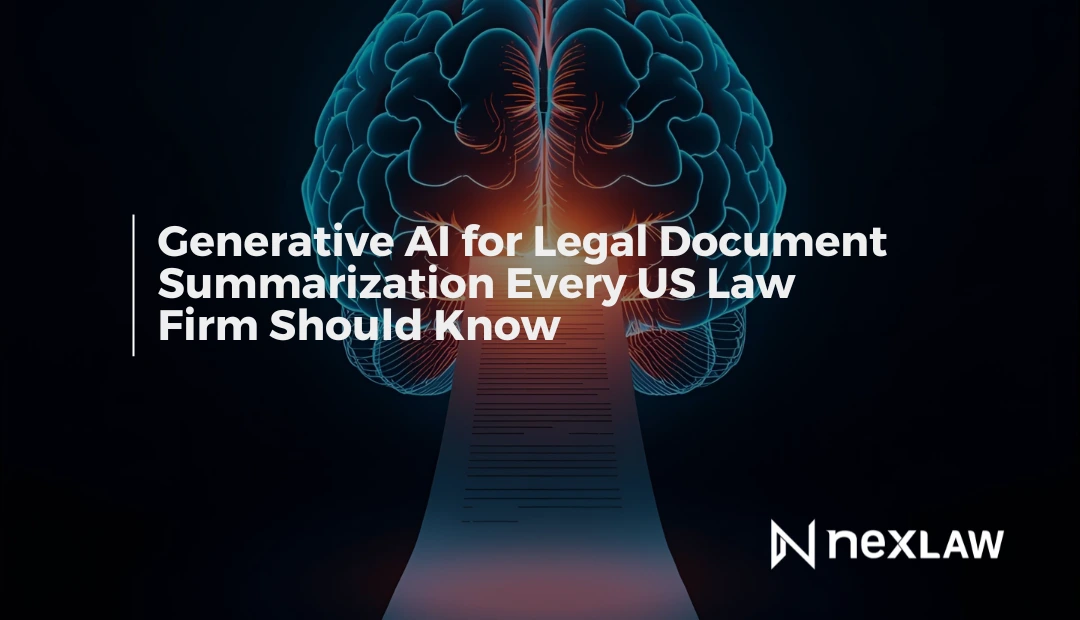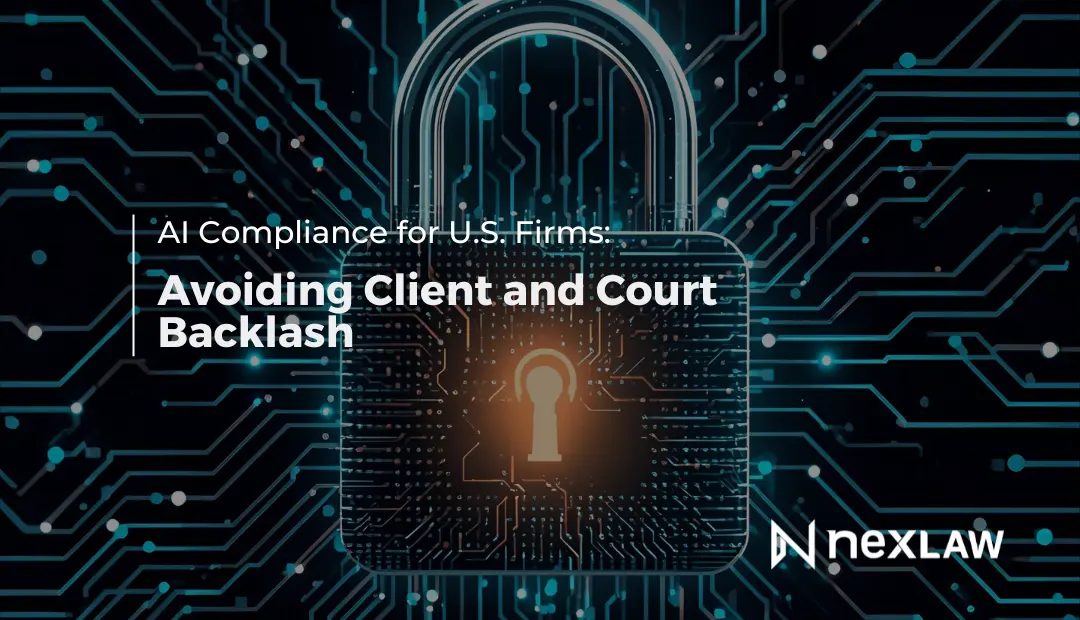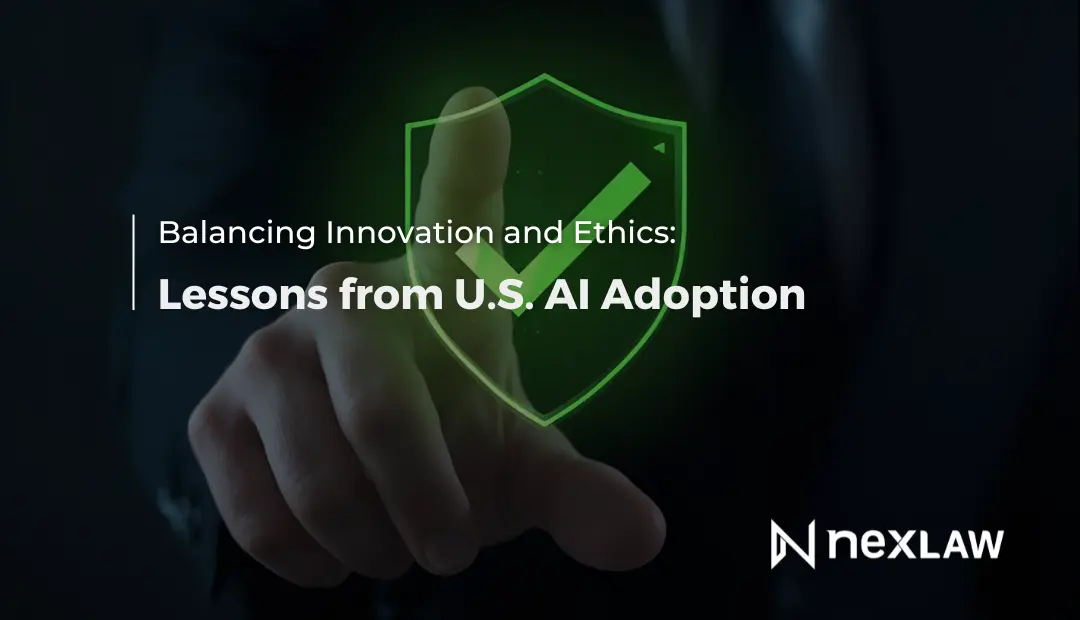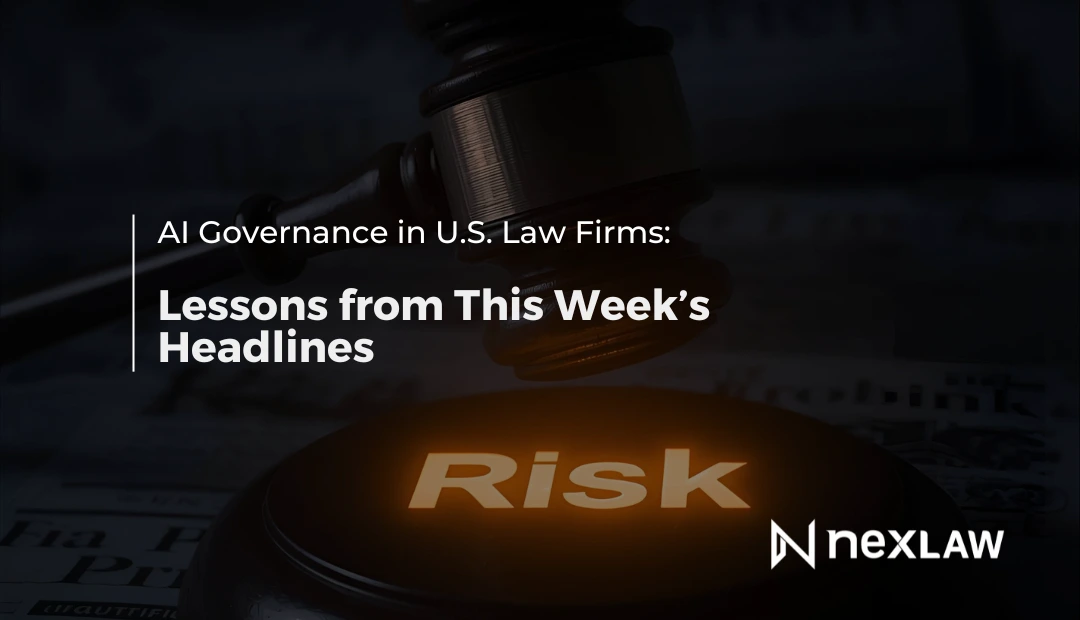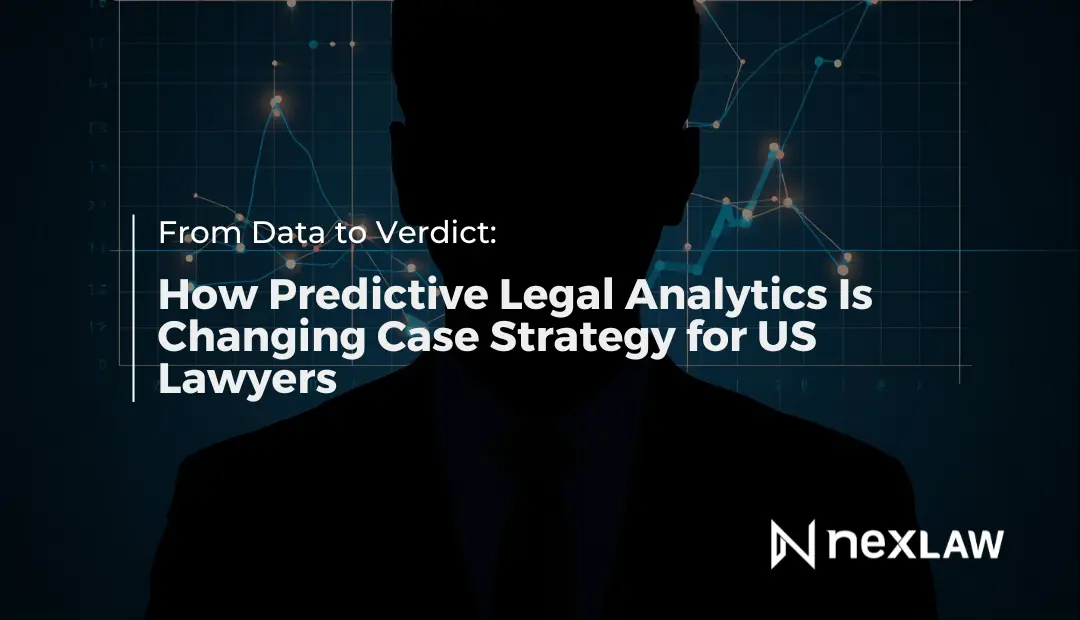Generative AI for Legal Document Summarization Every US Law Firm Should Know
From discovery memos to deposition transcripts and expert reports, the volume of legal documentation in US litigation continues to grow. With deadlines tightening and teams stretched thin, lawyers are spending more time reading and summarizing than arguing or strategizing.
Unlock Legal Insights Instantly!
That’s where generative AI comes in. In 2025, law firms across the country are using AI to distill complex legal documents into summaries that are accurate, digestible, and context-aware, saving hundreds of hours per case.
What Is Generative AI for Legal Summarization?
Unlike basic extraction tools that copy a few bullet points or keyword highlights, generative AI creates human-style summaries based on the entire context of the document.
It does more than identify what’s relevant. It phrases, condenses, and reframes legal arguments, facts, and procedural history in a format that’s:
- Tailored to the recipient (lawyer, client, court)
- Organized by issue or timeline
- Aligned with the case strategy
This isn’t about automation for the sake of speed. It’s about clarity, strategy, and making better decisions faster.
Side-by-Side Comparison: Manual vs. Generative AI Summarization
| Feature | Manual Summarization | Generative AI Summarization |
|---|---|---|
| Speed | 30–60 mins per document (average) | 2–5 seconds per document |
| Consistency Across Reviewers | Depends on individual skill/style | Uniform formatting and tone |
| Error Risk | Increases with fatigue or complexity | Low, with built-in logic checks |
| Scalability | Difficult across 100+ documents | Easily handles large-volume uploads |
| Searchability | Relies on manual tagging | Auto-tags summaries by legal issue, party, date |
| Integration with Strategy | Needs manual linking to case arguments | Built-in reference to motion, claim, or timeline |
Example in Practice: AI Summary of a 47-Page Deposition
Before (Manual Summary):
“Witness denied involvement in timeline manipulation. Some inconsistency noted. Mentions email from CEO.”
After (Generative AI Summary using NexLaw):
“The deponent, former operations lead, denied direct knowledge of timeline alteration. However, testimony conflicted with prior Exhibit 14, raising potential credibility concerns. Notably, the deponent referenced an internal email from the CEO on March 4, which may be relevant to Plaintiff’s theory of coordinated data suppression. Recommend flagging for impeachment potential.”
Result:
Sharper insight. Aligned with the legal theory. Prepared for cross.
Top Use Cases for Generative AI Summarization in Litigation
- Deposition Transcripts Summarize long witness testimony by issue, date, or contradiction.
- Expert Reports Reduce 50-page economic or technical reports to 3–5 key paragraphs.
- Motion Briefs Create internal strategy summaries to brief co-counsel or partners.
- Case Law Turn multi-page decisions into outcome-based snapshots for motion strategy.
- Discovery Documents Summarize documents by custodian or time period for issue-level analysis.
Checklist: What to Look for in a Legal AI Summarization Tool
- Tailors output by audience (internal use vs. client use vs. judge)
- Summarizes by issue, party, or procedural posture
- Can cross-reference with other case documents
- Supports export to timeline, motion bank, or trial prep tool
- Keeps metadata (page numbers, references, citations) intact
- Supports custom instructions (e.g., “Summarize only facts, exclude procedural history”)
- Integrates with your case organization system
How NexLaw Does It Better
NeXa, NexLaw’s generative research and summarization engine, is built for legal professionals—not generic AI users.
With NeXa and ChronoVault 2.0:
- Upload one or hundreds of documents; AI summarizes each, instantly
- Choose your summary format: factual, strategic, or neutral
- Auto-tag key excerpts for motion writing or argument framing
- Link summaries to event timelines and issue maps
- Export summaries into TrialPrep for courtroom-ready presentation
NexLaw is more than AI writing. It’s legal intelligence that connects documents to outcomes.
Strategic Advantages for Firms That Adopt Early
Law firms that integrate AI-powered summarization into their workflows benefit from:
- Improved clarity across litigation teams
- Faster input from partners on case summaries
- Stronger client communication through consistent updates
- Easier preparation for depositions, hearings, and trial
- Shorter time-to-brief and fewer overlooked contradictions
Whether managing large-scale commercial disputes or boutique litigation with lean teams, AI summarization equips litigators with a strategic advantage in how they process and act on case information.
What’s Next: Personalized Summarization by Style
The next wave of generative legal AI will bring even more tailored summarization features, including:
- Summaries that reflect a firm’s writing style or attorney-specific tone
- Automated links to past rulings, unresolved issues, or key exhibits
- Plain language summaries designed for in-house counsel and clients
- Insight-driven outputs that flag contradictions, missing elements, or next steps
The objective is not to replace legal reasoning; it is to refine the data behind it and make legal strategy faster, sharper, and easier to deliver.
Summary That Moves You Forward
In complex litigation, speed and comprehension often determine success. Legal professionals who understand the case file faster are better positioned to shape outcomes and serve clients with confidence.
Start your 3-day free trial of NexLaw today and see how NeXa and ChronoVault 2.0 can help you summarize faster, argue smarter, and achieve more with less.
